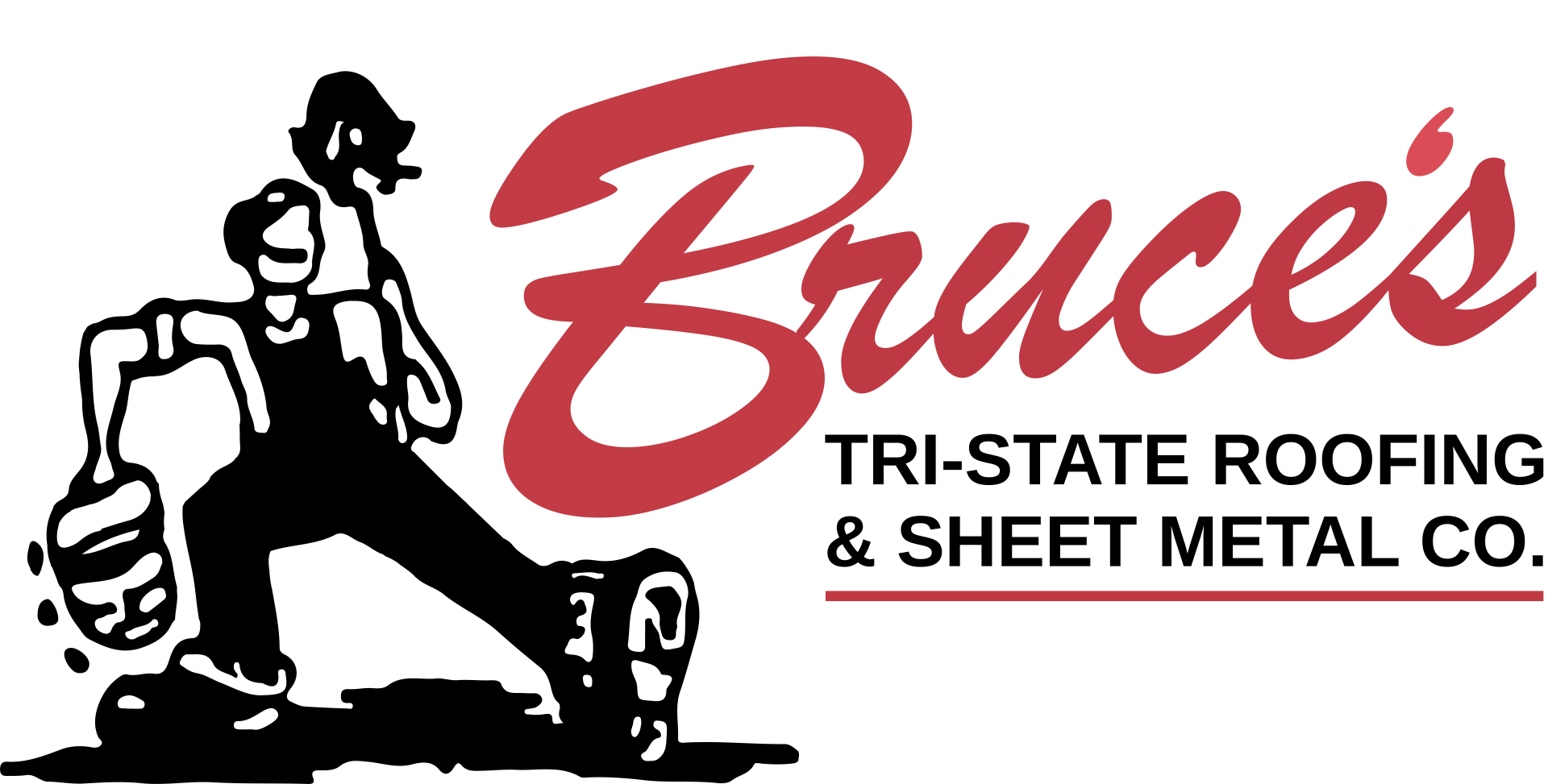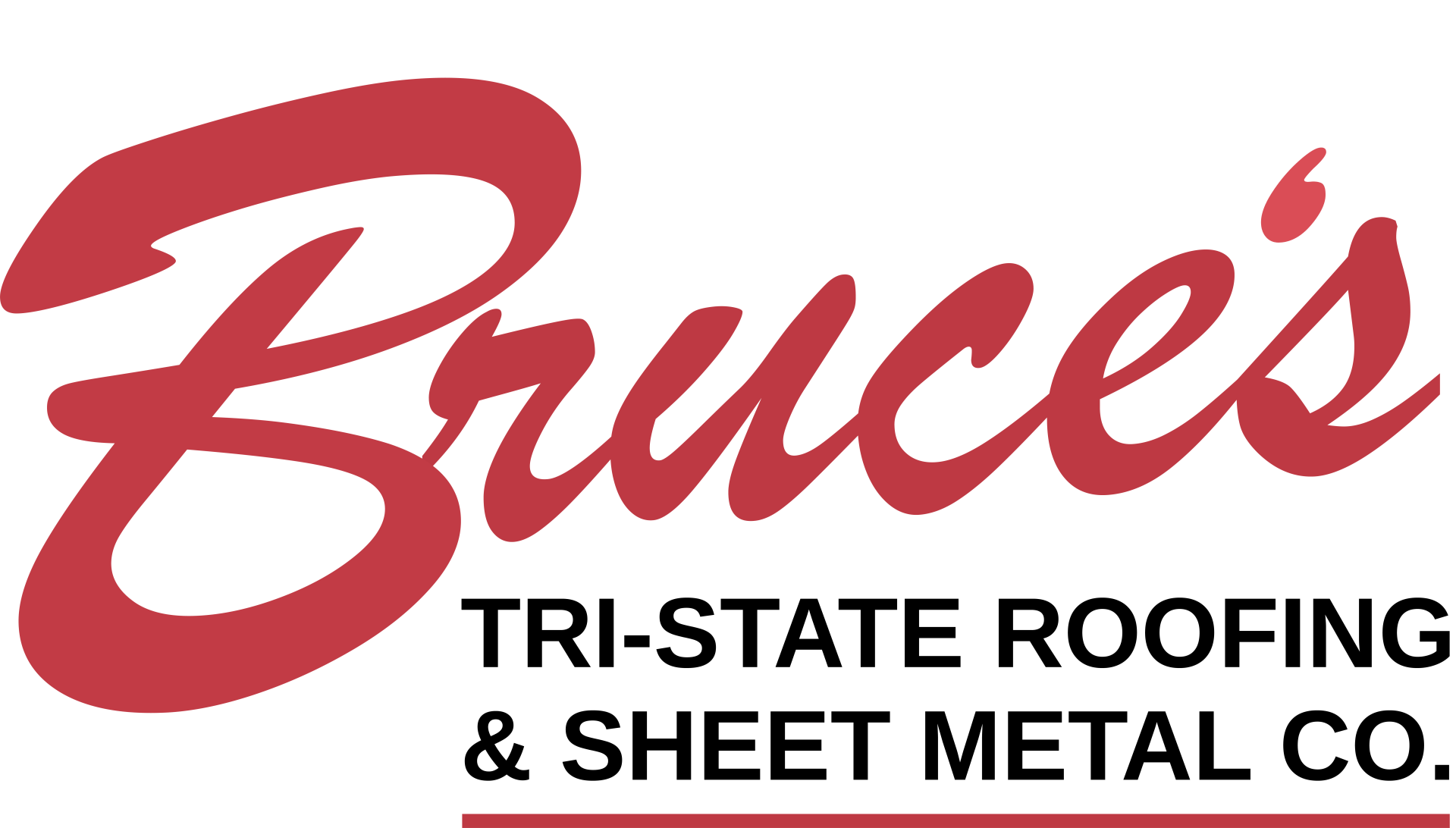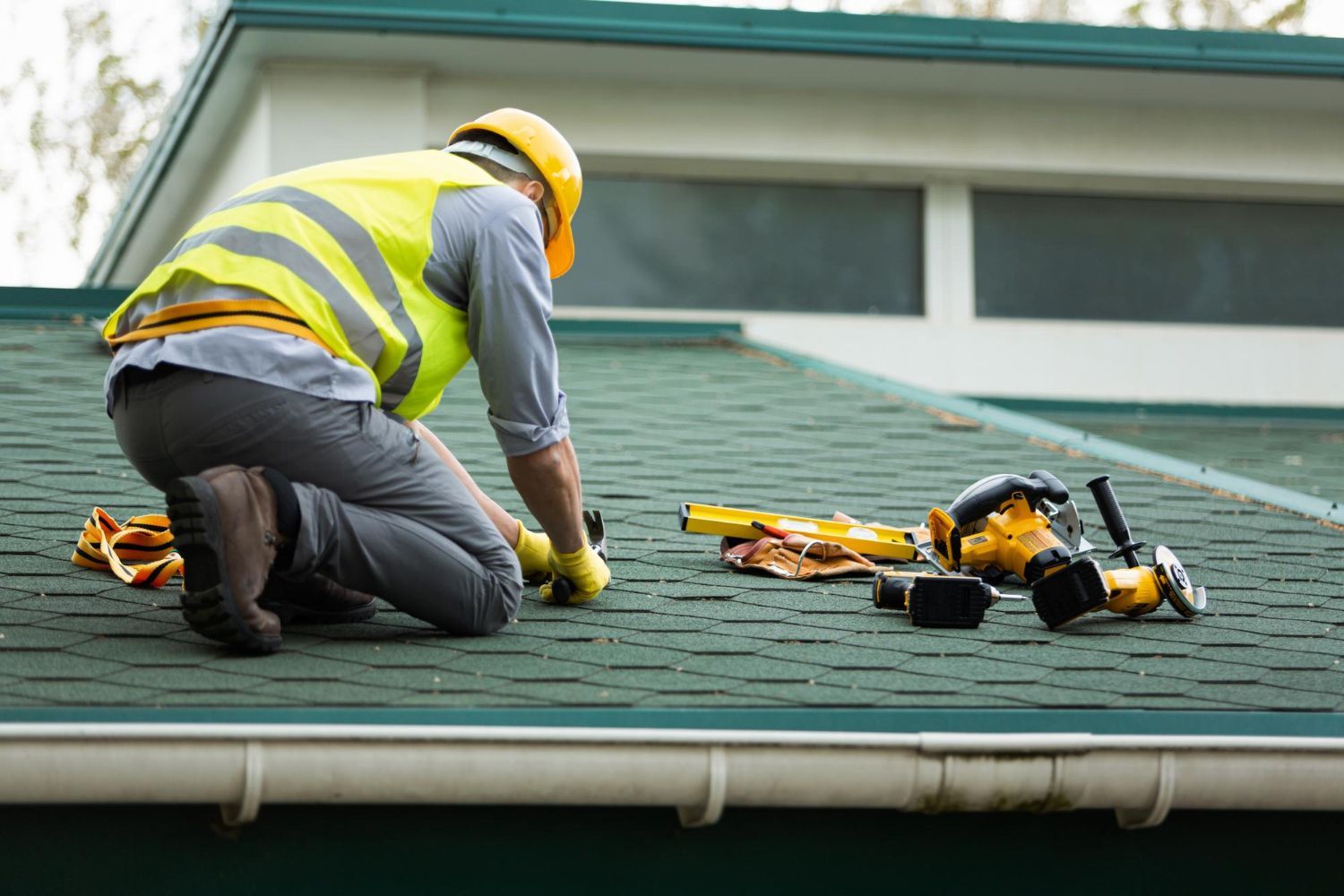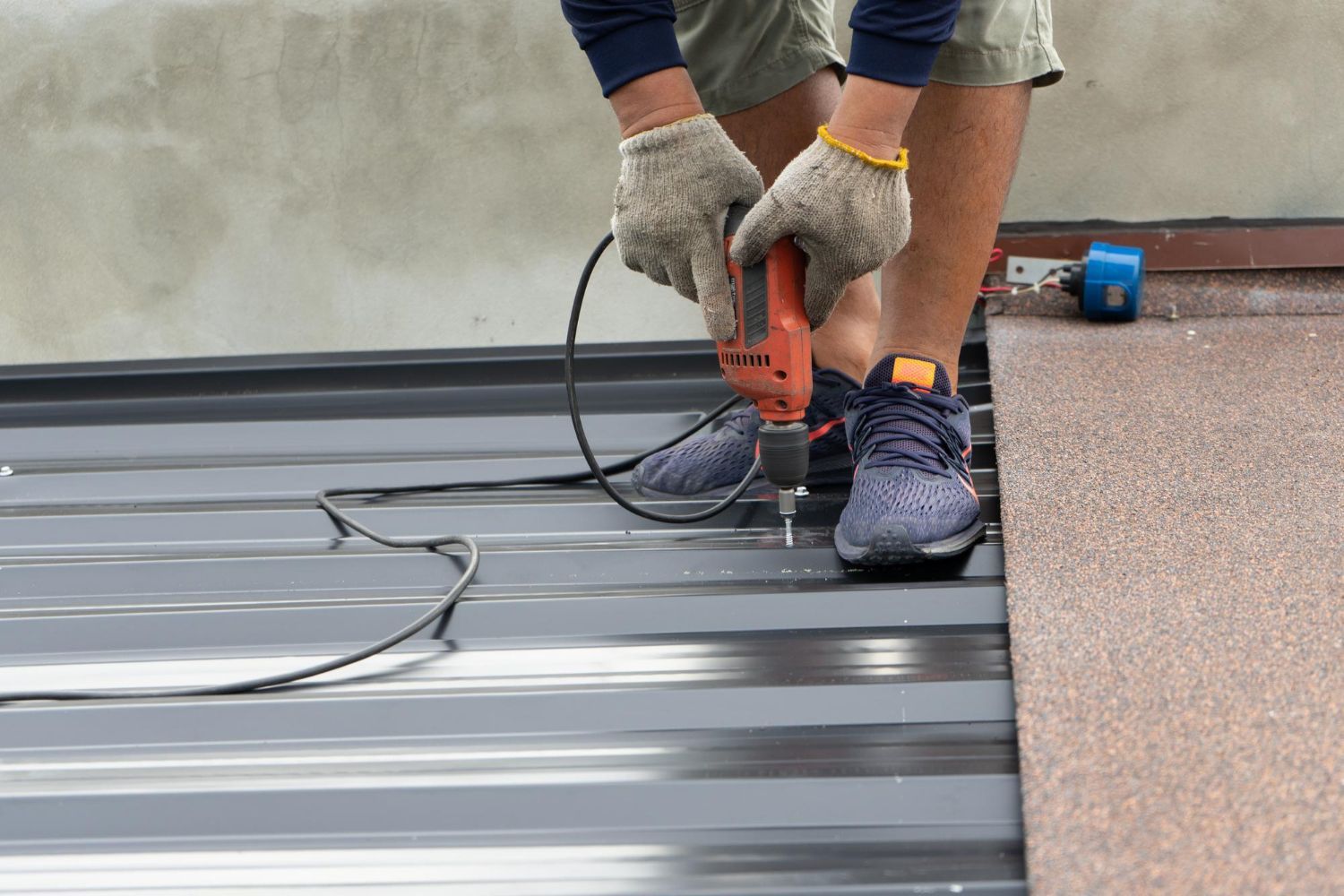Winter weather can be harsh on your home, especially your roof. Snow, ice, and wind can all leave their mark, leading to damage that can cause problems if not addressed. As the spring sunshine arrives, it's time to inspect your roof for any issues that may have cropped up during the colder months.
Spotting roof damage early can save you from costly repairs down the line. From missing shingles to blocked gutters, there are several telltale signs you should be on the lookout for. A careful examination can help ensure your roof is in good shape and ready for the upcoming seasons.
Taking a proactive approach by regularly inspecting your roof ensures that you maintain its integrity and extend its lifespan. By learning to recognize common signs of damage, you can protect your home and avert potential crises before they start.
Identifying Common Signs of Roof Damage
After winter, it's important to check your roof for common signs of damage. Begin by looking for visual cues like cracked or missing shingles. Severe winds and heavy snow can loosen or dislodge shingles, reducing their effectiveness. Damaged shingles can expose the underlayment to moisture, leading to leaks.
Another clear indicator of roof damage is water stains on the ceilings and walls inside your home. These stains often appear as discolorations and can signal a leak from the roof. If you notice these stains, it's critical to address them promptly to prevent further water damage and mold growth.
Check your gutters for the appearance of granules. Granules are part of the protective layer on asphalt shingles. When they accumulate in gutters, it indicates the shingles may be deteriorating. This not only affects the roof's ability to repel water but also means the shingles need close inspection and possible replacement.
Inspecting Roof Fixtures and Elements
Besides the main roofing materials, inspect the various fixtures and elements attached to your roof. Start by checking the flashing around chimneys and vents. Flashing consists of metal strips that prevent water from seeping in where different surfaces meet. Damaged or loose flashing can allow leaks.
Next, examine gutters and downspouts for blockages. Winter debris can clog these crucial components, causing water to pool on the roof and increasing the risk of water damage. Ensure they are clear of leaves and other debris so water can flow away from your roof efficiently.
Evaluate skylights and their seals, as these can be sources of leaks if damaged. Check for any cracks or gaps around the seals. Replace or repair any compromised seals to prevent water from entering through the skylight. Proper inspection of these elements will help maintain your roof's integrity and function.
Assessing Roof Structure and Stability
Evaluating the overall structure and stability of your roof is crucial after winter ends. Start by looking for sagging or uneven roof lines. These can indicate structural issues, possibly due to trapped moisture or heavy snow loads that your roof may have endured. If your roof appears warped or uneven, it might be time to consult a professional for further assessment.
Next, inspect the attic for signs of leaks or light penetration. Check for any water stains, mold, or unexpected light from above. These signs suggest that water is finding a way through your roof, which could lead to rot or additional structural damage if not addressed quickly. Proper attic insulation should prevent light and leaks, so any issues here need immediate solution.
Finally, analyze the soffits and fascia for damage. These elements help support the roof and act as a barrier to the outside elements. Look for any signs of decay or warping. Damaged soffits or fascia can lead to ventilation issues and raise the risk of pest infestations. Addressing these problems ensures your roof's support structures remain sound.
Planning for Roof Repairs and Maintenance
Once you've assessed your roof, planning effective repairs and maintenance becomes the next step. Begin by prioritizing repairs based on severity. Address critical issues like leaks and structural damage immediately to prevent them from worsening. Create a list and tackle the most urgent issues first.
Understand which repairs you can handle on your own and which ones require professional help. Simple fixes like replacing a few shingles or cleaning gutters can often be done yourself. However, structural repairs or extensive damage should be left to experienced professionals to ensure the work is done safely and correctly.
Establish a roof maintenance schedule to prevent future issues. Regular inspections, especially after severe weather, help keep your roof in excellent condition. Schedule seasonal cleanings and checkups to maintain the durability and efficiency of your roof throughout the year.
Conclusion
Caring for your roof after the winter season is vital to maintaining your home's safety and comfort. Recognizing signs of damage and addressing them promptly protects your investment and extends the life of your roof. Regular care and maintenance prevent costly repairs and ensure your roof stands strong against the elements.
When it’s time for expert help, count on Bruce’s Tri-State Roofing in Owensboro, KY. Our team knows roofs inside and out and is here to help with assessments, repairs, and maintenance. Let our roofing services in Kentucky keep your roof in peak condition so you can enjoy comfort and peace of mind year-round.





